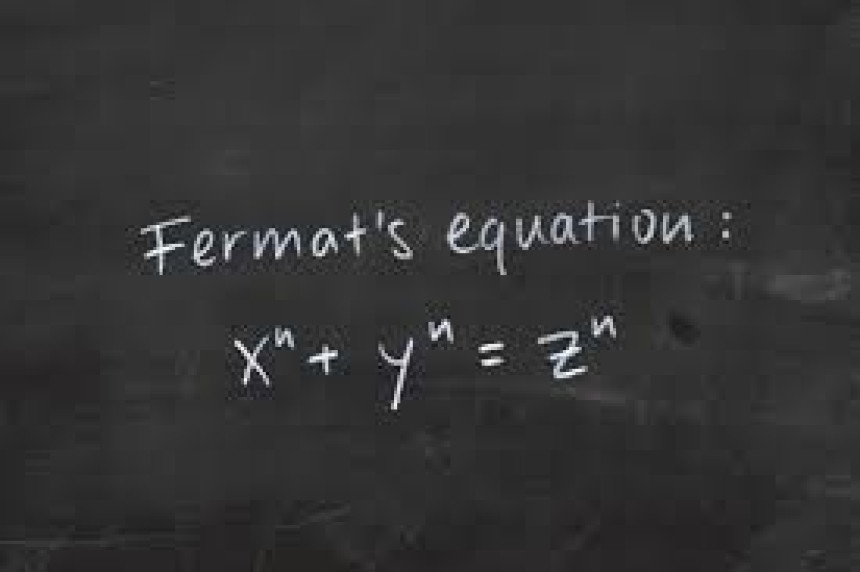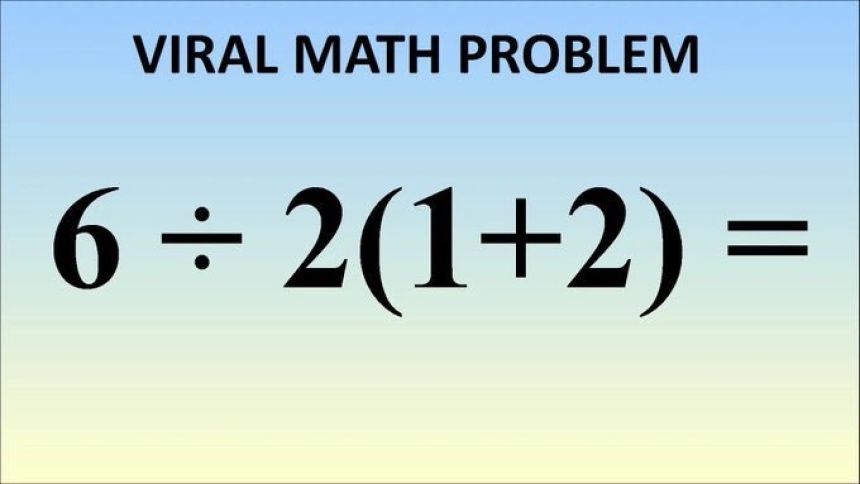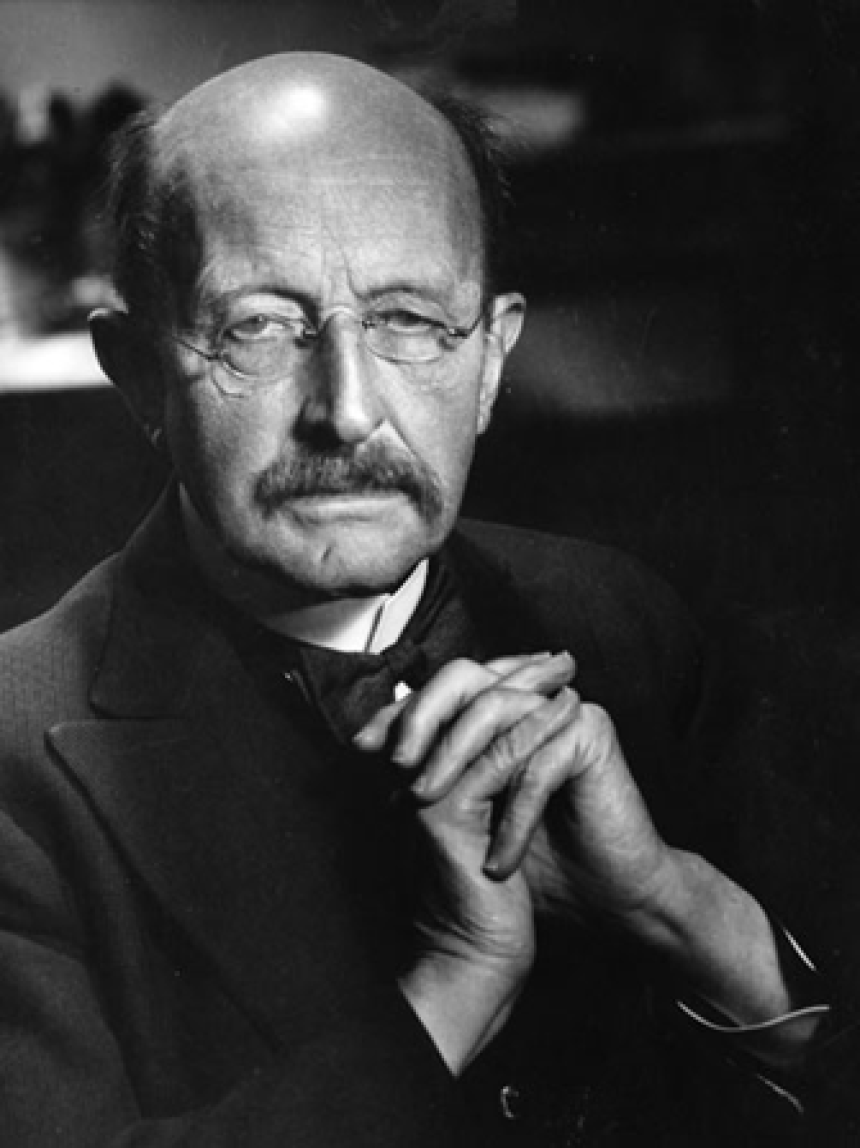
Fermat's Last Theorem
The intriguing world of Fermat's Last Theorem, a mathematical enigma that puzzled thinkers for centuries. We trace the journey from its conception by Pierre de Fermat in the 17th century to its eventual proof by Sir Andrew Wiles in 1994, highlighting the theorem's profound impact on modern mathematics. With an easy-to-understand approach, this blog reveals the fascinating intricacies hidden within this simple yet profound mathematical statement.
Fermat's Last Theorem: A Mathematical Enigma Explained
Fermat's Last Theorem, a statement that's been a brain-teaser for generations of mathematicians, carries a fascinating blend of history, intrigue, and intellectual rigour. In this article, we delve into the fascinating world of Fermat, his theorem, and how it impacts modern mathematics. Let's embark on this intellectual journey, a perfect elixir for the keen minds!
A Glimpse into the Life of Pierre de Fermat
Pierre de Fermat, a lawyer-cum-mathematician of the 17th century, dedicated his spare time to the intriguing world of numbers. Though he held a full-time job in law, Fermat is best remembered for his remarkable contributions to the world of mathematics, such as number theory, calculus, and of course, his famous last theorem.
The Enigma Called Fermat's Last Theorem
Now, what's so intriguing about Fermat's Last Theorem? It is centred on a very simple equation: x^n + y^n = z^n. Fermat declared that there are no whole number solutions for this equation when 'n' is greater than 2.
In layman's terms, imagine trying to find three whole numbers that satisfy this equation when 'n' is any whole number greater than 2. According to Fermat, you simply won't find any! This simple statement, jotted down in the margin of his book, stumped mathematicians for more than three centuries.
The Evidence in Fermat's Notebook
Fermat's audacious claim was discovered in the margins of his copy of "Arithmetica," a well-known mathematics book by Diophantus. He scribbled, "I have discovered a truly marvellous proof of this, which this margin is too narrow to contain." However, Fermat never shared his proof, leading many to question its existence. The race to prove Fermat's Last Theorem had begun!
The Journey Towards Proof
The journey to prove Fermat's Last Theorem was a long one, spanning more than 350 years. It wasn't until 1994 that mathematician Sir Andrew Wiles, fuelled by a childhood fascination with the theorem, published a comprehensive proof. Wiles' proof utilised techniques from algebraic geometry and number theory, extending far beyond the mathematics known in Fermat's time.
The Impact of Fermat's Last Theorem Today
Today, Fermat's Last Theorem is not just a resolved mathematical puzzle, but it symbolises the tenacity and endurance of human intellect. The theorem's journey from conjecture to proof spurred the development of new areas in mathematics, exemplifying the saying that sometimes, the journey is more important than the destination.
Conclusion
Fermat's Last Theorem stands as a testament to the profound and complex beauty inherent in the world of mathematics. It highlights the intriguing mystery and the captivating allure that numbers hold. It's a beacon of inspiration, reminding us that even the simplest of equations can hide the most complex of truths.
FAQs
1. Who was Pierre de Fermat?
- Pierre de Fermat was a 17th-century French lawyer and amateur mathematician, renowned for his contributions to calculus, number theory, and his famous Last Theorem.
2. What is Fermat's Last Theorem?
- Fermat's Last Theorem states that there are no three positive integers a, b, and c that satisfy the equation a^n + b^n = c^n for any integer value of n greater than 2.
3. Where did Fermat note down his Last Theorem?
- Fermat jotted down his Last Theorem in the margins of his copy of the book "Arithmetica" by Diophantus.
4. Who proved Fermat's Last Theorem and when?
- Fermat's Last Theorem was proved by Sir Andrew Wiles, a British mathematician, in 1994.
5. Why is Fermat's Last Theorem important in modern mathematics?
- Fermat's Last Theorem, despite its simple statement, played a significant role in the development of modern mathematics. The pursuit of its proof led to the creation of new mathematical theories and methods, demonstrating the intricate connections between various mathematical fields.





